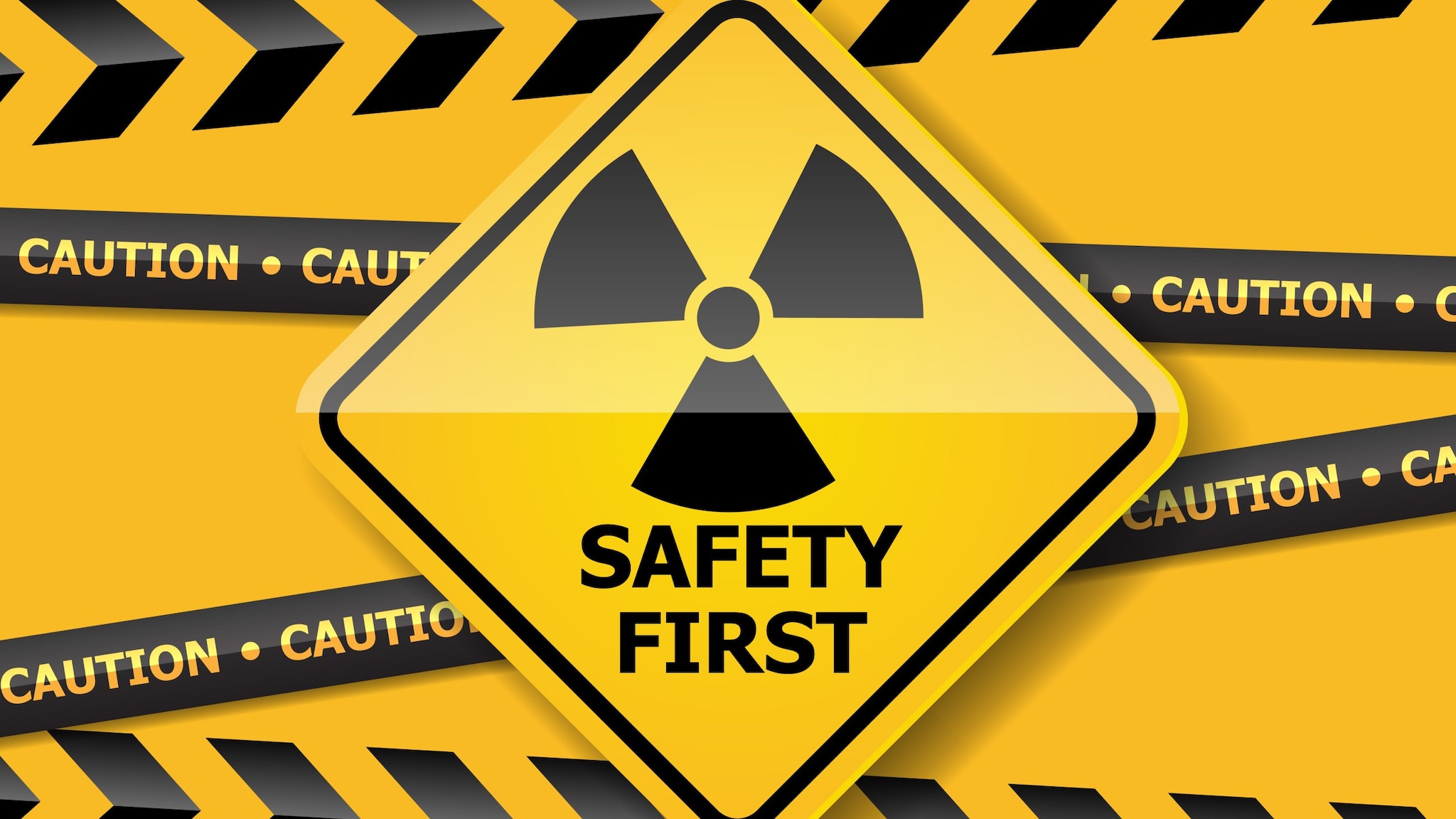Key points
- The guide for radiation safety is "ALARA" (as low as reasonably achievable).
- Even small doses of radiation should be avoided if practical when they have no medical benefit.
- Time, distance, and shielding are all strategies that can help you stay safe from radiation.

Preventive measures
The guiding principle of radiation safety is "ALARA." ALARA stands for "as low as reasonably achievable."
If there is no direct benefit from receiving a dose, even a small one, it should be avoided. To do this, you can use three basic protective measures in radiation safety: time, distance, and shielding.
Time
- Time refers to the amount of time you spend near a radiation source.
- Minimize your time near a radiation source to only as long as it takes to accomplish a task.
- First responders can use alarming dosimeters to help them minimize the amount of time they are in an area with elevated radiation levels.
Distance
- Distance refers to how close you are to a radiation source.
- Maximize your distance from a radioactive source as much as possible.
- If you increase your distance from a radiation source, you will decrease your dose.
Shielding
- In a radiation emergency you may be asked to get inside a building and take shelter for a period of time.
- To shield yourself from a radiation source, put something between you and the source.
- In a radiation emergency, officials may instruct you to get inside and put as many walls between you and the outside as possible. This is another way to use shielding.
- Protective clothing can shield first responders from alpha and beta particles but will not protect them from gamma rays. Standing behind a wall or a fire truck can also serve as a shield.
Content Source:
National Center for Environmental Health
